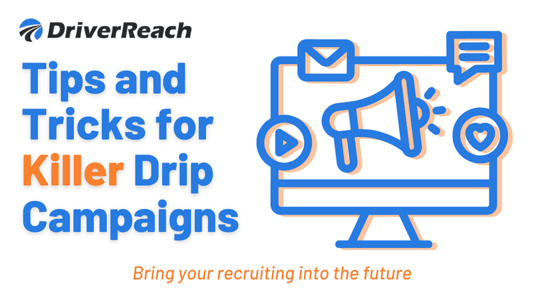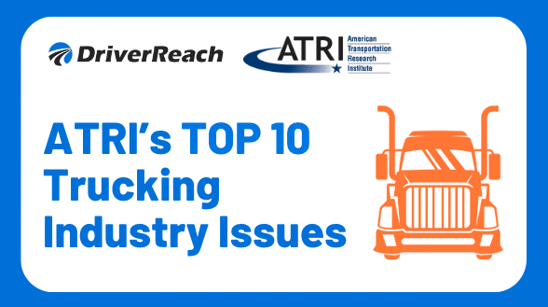Did you have a chance to attend our recent webinar, "How to Build a World-Class Safety Organization: A Primer on Making Safety Happen"? We received more questions than we had time to answer in the allotted time frame, so Brian Fielkow, our presenter, answered them below in this Q&A-style blog post. If you weren’t able to join the live webinar, don’t worry – you can watch it on-demand anytime!
Question: What is the link to core values in the workplace?
Answer: Here is an excerpt from Leading People Safely, which I co-authored with Jim Schultz. Hon. Robert L Sumwalt (Chairman, National Transportation Safety Board) wrote the Foreword. Here is an excerpt from the Foreword – this IS the link:
"I once was involved in an organization that spent copious amounts of time and effort developing organizational values. You probably know the drill—retreat after retreat, scores of butcher paper hanging on the walls with magic marker scribble, bleary-eyed workshops and discussions. After much finagling, the values were approved and rolled out to the entire workforce in person and via webcast. But, after all of the handshaking and the big proclamation of values, nothing changed. More than a year after the values were announced, the organization’s intranet still displayed the old values. Decisions were made and actions performed that were incongruent with the values. Discouraged, I suggested to the head of the organization that we weren’t living our values. He replied, “Oh, I disagree—I think we are doing all of those things.” However, successful organizations don’t do their values—they live them with everything they do. Each decision, action, and intended action should be measured against those values to make sure you are being true to them."
Question: What is the best way for me to develop a strong safety culture when the company has been operating with a very minimal safety presence for the life of the company?
Answer: It depends on what you mean by “minimal.” If the company is committed to safety but has not invested in the culture, you have a running start because of the commitment. If safety has been viewed as an “inconvenience” or simply not important, that is more difficult. You have to change how people think about safety. Safety must be leader driven and employee owned. The best way to start is to build the case for change using data and other information specific to your company. If the company had a more robust safety commitment, what would the future look like? Modules 1 and 2 of Making Safety Happen will give you the guidance and tools that you need.
Question: How can safety rules be implemented effectively when some employees (drivers) are resistant to new changes?
Answer: Whenever possible, I don’t like to dictate new rules. I would rather bring people into the decision making process. If my front line opinion leaders are aligned with the case of change, implementation becomes a lot easier. It’s important to take time to explain why the changes are necessary and how the company and employees will benefit. Now, don’t get me wrong – I am not suggesting that you put necessary changes up for a vote. If you need to make the change, then do it. However, if you are mindful about how to implement the new rules, you will have greater success.
Remember that you can not win them all. When you make change, you will have some people working against you. Coach them. Bring them along. However, if your efforts fail, these people have to go. While that may cause short term pain, keeping these people will hinder your progress.
Question: How can we receive the video link that we watched to share with our employees?
Answer: https://event.on24.com/wcc/r/2585459/CBE3F434FF29B670463542E7DCE41299
Question: What is the cost of the 6-course program and what does it entail?
With today’s travel and budget constraints, the six-module course, priced at only $897, is a cost-effective alternative to off-site seminars and costly consulting engagements. At no additional cost, participants enjoy live monthly consulting with me and other enrollees. Through September 30, participants receive 20% off with Code MSH20Off.
To enroll: https://app.ruzuku.com/courses/45336/about
For TCA members only: I have partnered with Truckload Carriers Association to develop a VIP offering. We are grateful to DriverReach, our presenting sponsor. In addition to all of the benefits in the general course, VIP enrollees will enjoy the following:
- Smaller live monthly consulting sessions with TCA members only. We’ll be able to focus more specifically on industry and participant challenges.
- Participants will receive an invitation to Safety VIP Trucking in the Round Sessions during Truckload 2021 in Nashville.
- Participants will be invited to attend quarterly TCA Safety in the Round webinars to network with some of the best professionals in the industry.
To enroll: https://app.ruzuku.com/courses/45336/about?price_point=62714&url_hash=28efea6fea632d97750e7e0d77 (Coupon code not applicable).
Question: What is the best way to incorporate takeaways from this course into our company’s onboarding process for both drivers and internal staff?
Answer: You have to “guard the gates” against high risk or misaligned employees joining the company. It’s important to have prospective peers as a part of the interview process. Bring your “best of the best” employees into the interview, onboarding and integration process. The course teaches you how to engage your front line opinion leaders into this process. Moreover, it’s hard to bring new people into your culture if your processes are “fuzzy.” The course offers tools to create accountability for processes starting on “Day 1” of the job.
Question: How can this course help us reduce our rising insurance premiums?
Answer: It’s important that you approach insurance with the goal of becoming an “insured of choice.” A major part of this is showing the insurer that you are committed to a vibrant safety culture. Underwriters can distinguish quickly between a genuine attempt to create a culture of prevention and hollow signs on the wall. Implementing the principles in Making Safety Happen will take you a long way toward building a healthy safety culture. If you’re doing well, the course will help you raise the bar. If you’re struggling, that’s okay as long as you are committed to change. I’ve been there. Making Safety Happen will get you on the right track immediately.
Then, there’s the saying “Show me the money.” Your premiums are tied to losses. If you are disciplined and deliberate about your safety culture, your losses and incident frequency will come down – maybe not overnight. Premium cost will follow if you stay the course. I’ve seen this time and again – in my own company and at my keynote/consulting clients.
Stay up to date on CDL trucking trends! Be sure to check out the DriverReach blog or follow us on LinkedIn for other relevant articles and head over to our webinars page for an up-to-date list of upcoming events and on-demand recordings.
Interested in seeing DriverReach’s modern Recruiting and Compliance Management System in action? Take DriverReach for a test drive!




